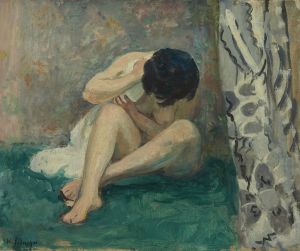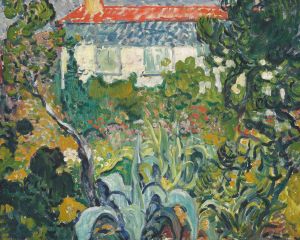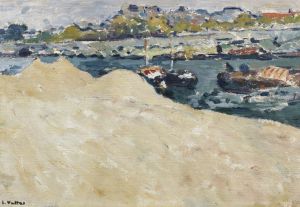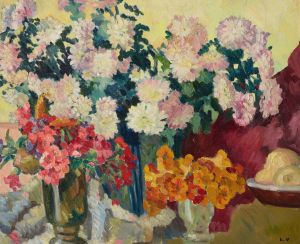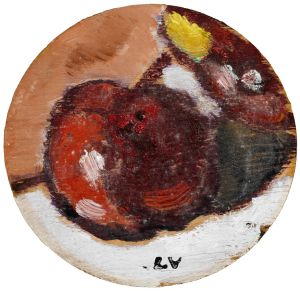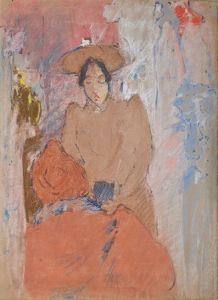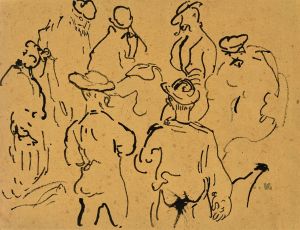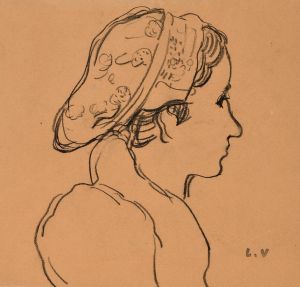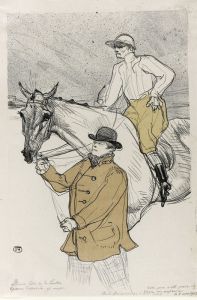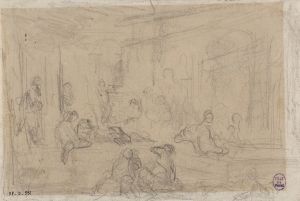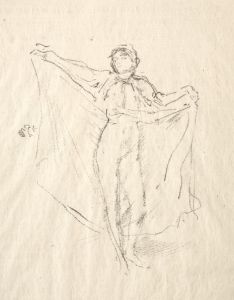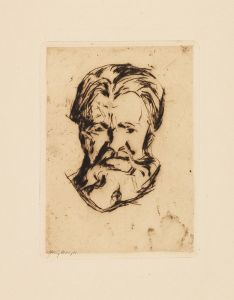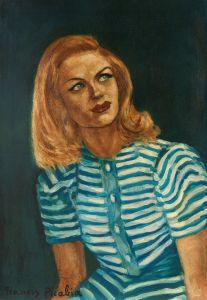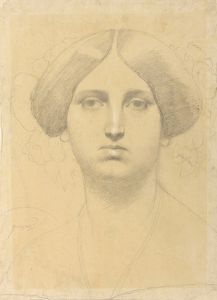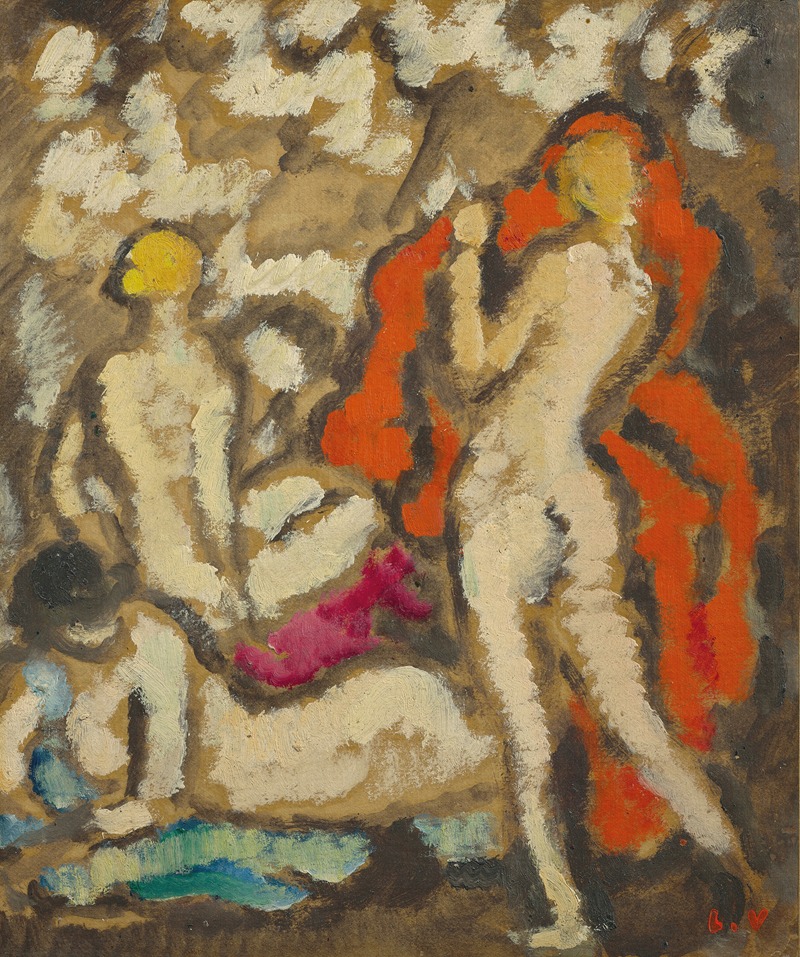
Trois jeunes femmes nues à la draperie rouge
A hand-painted replica of Louis Valtat’s masterpiece Trois jeunes femmes nues à la draperie rouge, meticulously crafted by professional artists to capture the true essence of the original. Each piece is created with museum-quality canvas and rare mineral pigments, carefully painted by experienced artists with delicate brushstrokes and rich, layered colors to perfectly recreate the texture of the original artwork. Unlike machine-printed reproductions, this hand-painted version brings the painting to life, infused with the artist’s emotions and skill in every stroke. Whether for personal collection or home decoration, it instantly elevates the artistic atmosphere of any space.
Louis Valtat was a French painter associated with the Fauvist movement, known for his vibrant use of color and bold brushwork. One of his notable works is "Trois jeunes femmes nues à la draperie rouge" (Three Young Women with a Red Drapery). This painting exemplifies Valtat's style and his contribution to early modern art.
Valtat was born in Dieppe, France, in 1869 and studied at the École des Beaux-Arts and the Académie Julian in Paris. He was influenced by the Impressionists and Post-Impressionists, and his work often features vivid colors and dynamic compositions. Although he is sometimes associated with the Fauves, Valtat's style is distinct and reflects his unique approach to color and form.
"Trois jeunes femmes nues à la draperie rouge" is a striking example of Valtat's work from the early 20th century. The painting depicts three nude women, a common subject in art history, but Valtat's interpretation is notable for its use of color and composition. The red drapery in the painting serves as a central element, providing a bold contrast to the softer tones of the women's skin. This use of color is characteristic of Valtat's work and reflects the influence of Fauvism, which emphasized painterly qualities and strong color over representational or realistic values.
The composition of the painting is carefully balanced, with the figures arranged in a way that guides the viewer's eye across the canvas. Valtat's brushwork is loose and expressive, adding a sense of movement and vitality to the scene. The figures are depicted with a sense of intimacy and immediacy, inviting the viewer to engage with the painting on a personal level.
Valtat's work, including "Trois jeunes femmes nues à la draperie rouge," contributed to the development of modern art in the early 20th century. His use of color and form influenced other artists of the time and helped pave the way for later movements such as Expressionism and Abstract Art. While Valtat may not be as widely known as some of his contemporaries, his work remains an important part of the history of modern art.
Throughout his career, Valtat exhibited his work in various salons and galleries, gaining recognition for his innovative approach to painting. He continued to paint and exhibit until his death in 1952, leaving behind a legacy of vibrant and expressive works that continue to be appreciated by art enthusiasts and scholars alike.
In summary, "Trois jeunes femmes nues à la draperie rouge" by Louis Valtat is a significant work that showcases the artist's distinctive style and contribution to the art world. Through his use of color, composition, and expressive brushwork, Valtat created a painting that captures the viewer's attention and exemplifies the spirit of early modern art.





